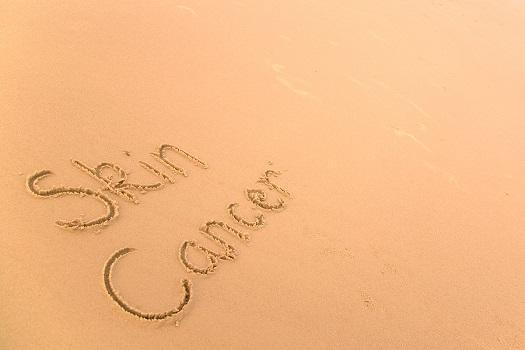Do you ignore changes in your skin texture and pigmentation? You shouldn't—skin cancer often masquerades as something you believe to be simple aging. The Skin Cancer Foundation says that more skin malignancies are diagnosed in the US than all other kinds of cancers put together. In response to this pervasiveness, your Knoxville dermatologist, Dr. Robert Griffith, wants you to know the causes, symptoms, and treatments of this potential killer and what you can do to protect yourself.
be simple aging. The Skin Cancer Foundation says that more skin malignancies are diagnosed in the US than all other kinds of cancers put together. In response to this pervasiveness, your Knoxville dermatologist, Dr. Robert Griffith, wants you to know the causes, symptoms, and treatments of this potential killer and what you can do to protect yourself.
The origins of skin cancer
The three best-known skin cancers (basal cell carcinoma, squamous cell carcinoma, and malignant melanoma) find their origins in sun exposure and indoor tanning. Additionally, according to the Skin Cancer Foundation, the risk for skin malignancies is cumulative, meaning that the longer you live, the more UV rays you absorb on exposed areas of the body such as the face, neck, arms, back, and shoulders—this increases your likelihood of developing the condition. So, while age is not a true risk factor, the passage of time certainly is.
Symptoms of skin cancer
Your Knoxville dermatologist recommends that patients receive annual skin examinations starting at age 40. Dr. Griffith's highly trained eye can pick up on signs of skin problems, including cancers, more quickly than any layperson can.
That being said, adults should carefully look at their own skin at least once a month, looking for these signs:
- Waxy lumps or bumps
- Scaly patches which itch, ooze or bleed
- Persistent crusty areas
- Moles which change
In fact, Dr. Griffith advises that you check moles, freckles, and other areas of hyper-pigmentation according to this easy mnemonic, the ABCDEs of moles:
- A is for asymmetry. If a mole becomes larger on one side, get it checked.
- B stands for borders. They should remain smooth, not scalloped or notched.
- C stands for color. A brown or tan color should be uniform throughout the spot. If color changes over time or is varied, this may indicate malignant melanoma
- D means diameter. Benign spots are no larger than a pencil top eraser, or 6 millimeters.
- E stands for evolving. Noncancerous moles do not change, while cancerous ones morph in shape, size, texture, and color.
Treatments for skin cancers
Skin cancers are more treatable when detected in their earliest stages, so, prevention is the best treatment:
- Cover up in the midday sun
- Use SPF 30 or higher sunscreen, and reapply every two hours or after getting out of the pool or sweating
- Wear a broad-brimmed hat and sunglasses
- Avoid the sun, if possible, during the hours of 10 am and 2 pm when the sun's rays are most direct
While most non-invasive skin cancers respond well to surgery, cautery, freezing, radiation, and chemotherapy, melanoma is stubborn, silent, and always requires prompt and aggressive treatment. Your skin doctor will formulate a treatment plan based on your specific cancer and overall health.
Learn more
The old adage, "Forewarned is forearmed," is so true where skin cancer is concerned. To learn more and to arrange a routine skin check with dermatologist Dr. Robert Griffith, contact our Knoxville office at (865) 588-1361.
